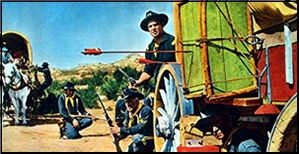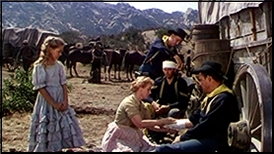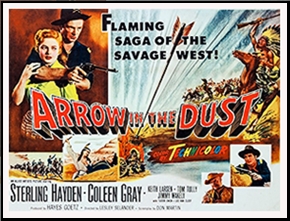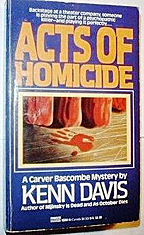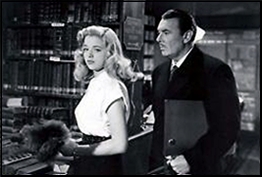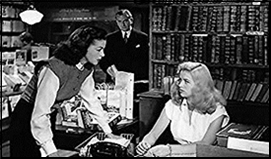Wed 15 Aug 2018
Reviewed by David Vineyard: FRED MacISAAC – The King Who Came Back.
Posted by Steve under Pulp Fiction , Reviews[4] Comments
FRED MacISAAC – The King Who Came Back. Altus Press, softcover, 2016. Originally serialized in six issues of Argosy between October 24th and November 28th, 1931.
Hollywood and the pulps had something in common, and that was what I liked to think of as the “Kitchen-sink plot.†The “Kitchen-sink†plot was one where a wide mix of elements from diverse genres and sub genres were stirred into the pot for what was hopefully a healthy stew and not an unholy mess. Cowboys, gangsters, science fiction, lost worlds, lost races … at one time all those combinations saw print or made it to the silver screen. By that standard Fred MacIsaac’s The King Who Came Back is fairly tame fare, but there is still enough of a mix to make for a hearty meal.
We open South of Ruritania and North of Graustark, just around the corner from Fredonia and the Grand Duchy of Fenwick in the small kingdom of Berania where the peasants are revolting (do your own jokes) and the army traitorous. Our hero, the King, is assured if he will lead the troops against his own people he can stop the revolt, but he does not have the heart to march on his own people (“I do not propose to lead an army from one end of the land to the other over the bodies of multitudes of my subjects. What you gentlemen tell me confirms my own observations. There is a nationwide demand for a republic. Let them have it. I will abdicate.â€), which is why King Carlos Aronhof, finds his recent flying lessons come in handy when he has to skip town literally on the fly with his friend the American flyer and diplomatic courier, Will Jevis.
Carlos finds himself an enemy of the people holed up in Paris with dwindling funds and a bounty on his head from the annoyed revolutionaries he escaped making it difficult for the French to embrace him or the English, both of whom don’t want to start a war with a new government so with Will Jervis help Carlos reinvent himself.
Finding himself six months later in the United States as a chauffeur in Hollywood working for one Mrs. Mason Sweasy, one of those popular types fiction loves who built her fortune by taking in laundry on land that turned out to have oil under it and now is one of those tough smart plain spoken types usually played by Thelma Ritter, Marie Dressler, or Jessie Royce Landis, Carlos has a new name, face, and a new career.
Actually, so far the story isn’t all that far fetched. More than a few princes, deposed, imaginary, and not showed up in Hollywood in that era as everything from the owners of famous restaurants to screenwriters. Carlos is now Carl Decker, and employed by the oil rich Mrs. Swasey, her beautiful twenty-five year old daughter Gladys, and son Junior (no good of course), crusty Tom Clancy who works for Mrs. Swasey (see any of a dozen character actors of Irish lineage) and for the first time in a while things are looking up. Carlos is even starting to get over his prejudices about Americans.
Meanwhile the Americans are worried about having Carlos loose in America. Berania is backward and it would take next to nothing for Carlos to raise and army and return, plus the new Republic is corrupt and less than stable. Carlos presence could be an embarrassment, if they knew where he was. Then Will Jervis stumbles on someone pretending to be Carlos, complicating things farther especially when Count Grandez, the man behind the impersonator, tries to kill him because he knows the impersonator isn’t Carlos.
Carlos contacts Jervis to apologize for the attack, surmising rightly it was because of him, but remains hidden although the Beranians know he is in California somewhere. Meantime Carlos new job is less pleasing that it seemed thanks to the nasty James Swasey Jr.
The rescue of a young actress, Dalroa Dawning, from the unpleasant Junior and a chance meeting by Will Jervis on the train to California contribute to the next phase of the plot, the one where Carlos the chauffeur end up as chauffeur to the young actress starring in a movie being made about the King Carlos Aronhof that Will Jervis has just been hired as a technical director on having lost his diplomatic career for rescuing Carlos in the first place…
Pretty soon Carlos is knee deep in assassins, revolutionaries, Secret Service, a plot to loot the crown jewels of Berania, gangsters, movie types, a romance with Dalroa, the now movie star whose chauffeur he becomes, is framed as a jewel thief, and faces myriad twists and turns before a final triumphal return to Berania to hopefully modernize his backward homeland so a real republic will eventually have a chance under the benevolent guidance of he and Queen Dalroa.
No surprise Fred MacIsaac among other things had been a concert manager. for the opera since this book is operatic in the best sense. To be fair if you ever stop and think about it things tend to go off rail, but MacIsaac writes painless professional prose and never lets things drag. At each turn he introduces attractive new characters who may or may not be who they seem, and the result despite the serial-like nature of the plot the book is an entertaining and easy read, and an offbeat addition to the Ruritanian subgenre, adding gangsters and Hollywood to the mix created by Anthony Hope and George Barr McCutcheon.
McIsaac was a staple of many of the better known pulps appearing regularly in Argosy, Detective Fiction Weekly, and others throughout the heyday of the pulps, a featured name on the cover of any issue he appeared in. His may not be a name to conjure with, but he never turned out less than competent prose, and here, at least, outdoes himself.
The Altus Press edition is attractive and available as a paperback or ebook, a fast moving well written adventure tale you can easily imagine as a film from the era, although Hollywood would no doubt have added singing and dancing and maybe cowboys and rustlers. Even if it isn’t the full kitchen sink it’s enough of it for a delightful mix.
